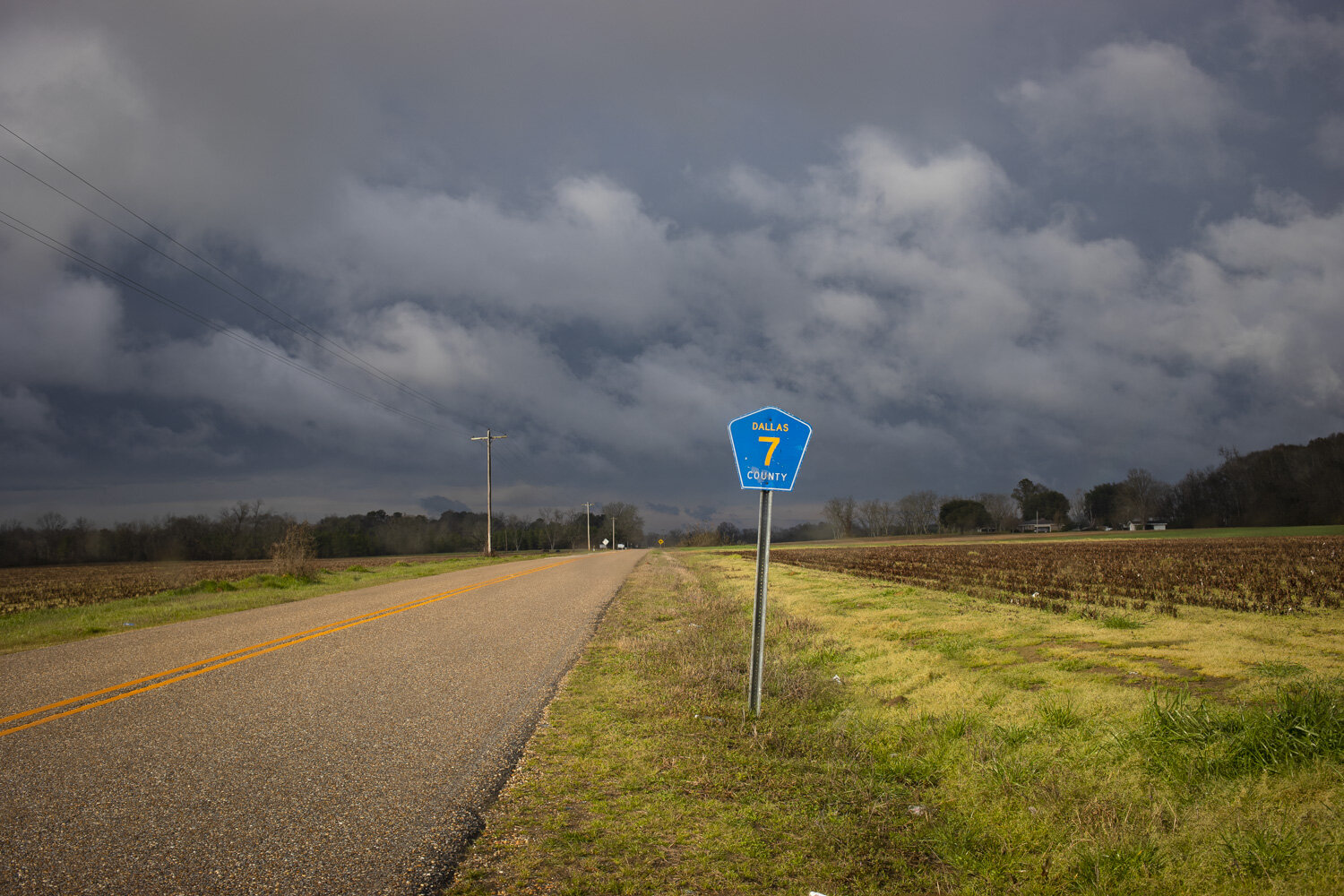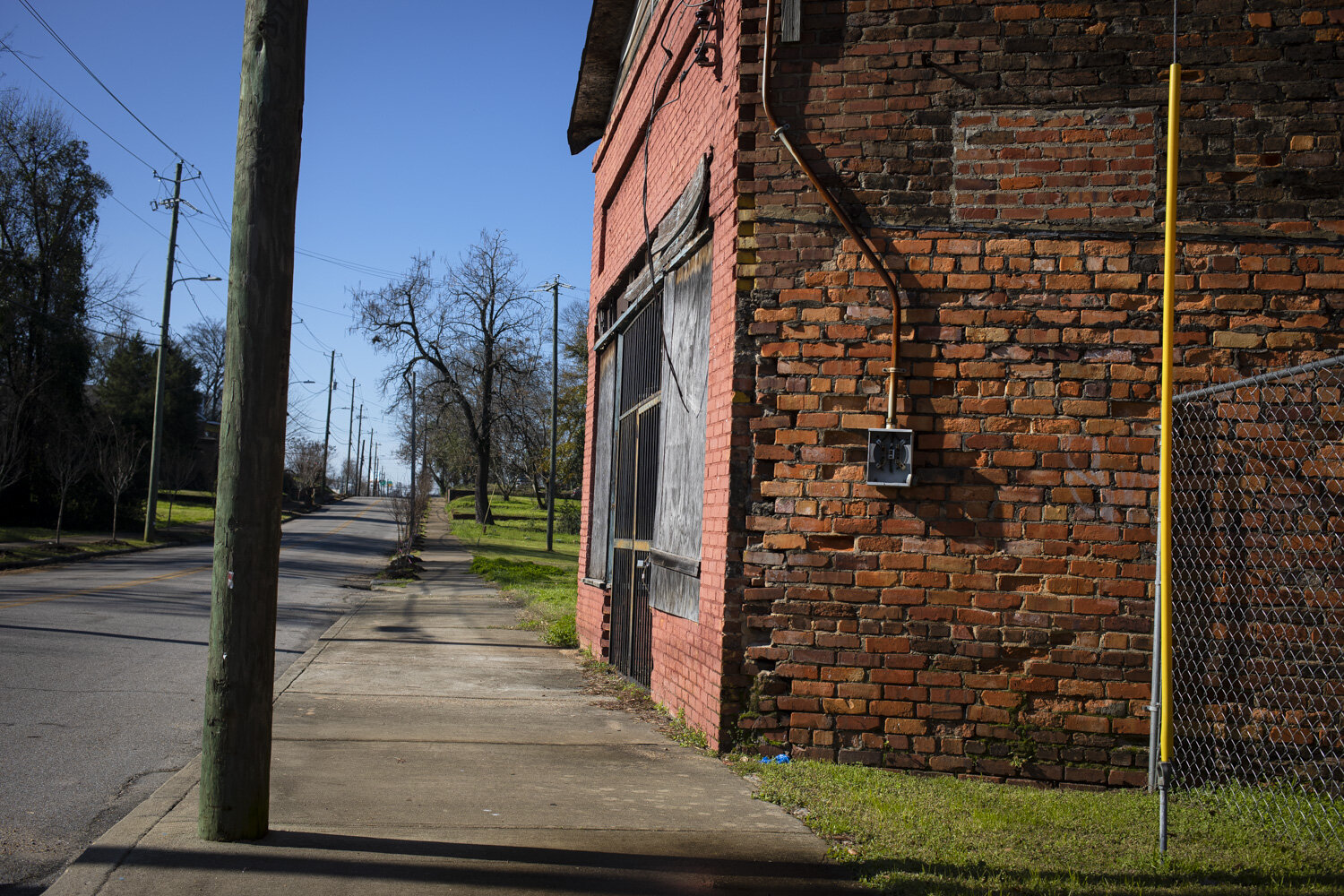I recently drove and walked portions of the Selma to Montgomery National Historic Trail where in the spring of 1965 thousands of civil rights activists peacefully marched from the small community in Dallas County, Ala. to the capitol in Montgomery demanding the right to vote. For context, at the time only 2% of African Americans in the county were registered to vote. In their first attempt to leave Selma on March 7, they were brutally beaten back on the Edmund Pettus Bridge by Alabama state troopers and county law enforcement. Fifty were hospitalized and the day is known as Bloody Sunday. It took a court injunction and protection by National Guard troops for the activists to finally reach the capitol on March 25.
Selma today struggles with economic decline. When participants in the march reached Montgomery’s west side in 1965, they walked through the heart of a vibrant black business district with locally owned grocery stores, barbershops, dentist offices and gas stations. But desegregation and the Interstate Highway Act reshaped the area forcing relocation of families and businesses. Today the area is blighted with the evidence of a past lives.
In Montgomery, I finished with a visit to the National Memorial for Peace and Justice, sometimes referred to as the National Lynching Memorial. It memorializes the thousands of black citizens terrorized and killed, sometimes for nothing more than refusing to address a white man as “sir.” To say it was a moving experience is an understatement.
This country...




















